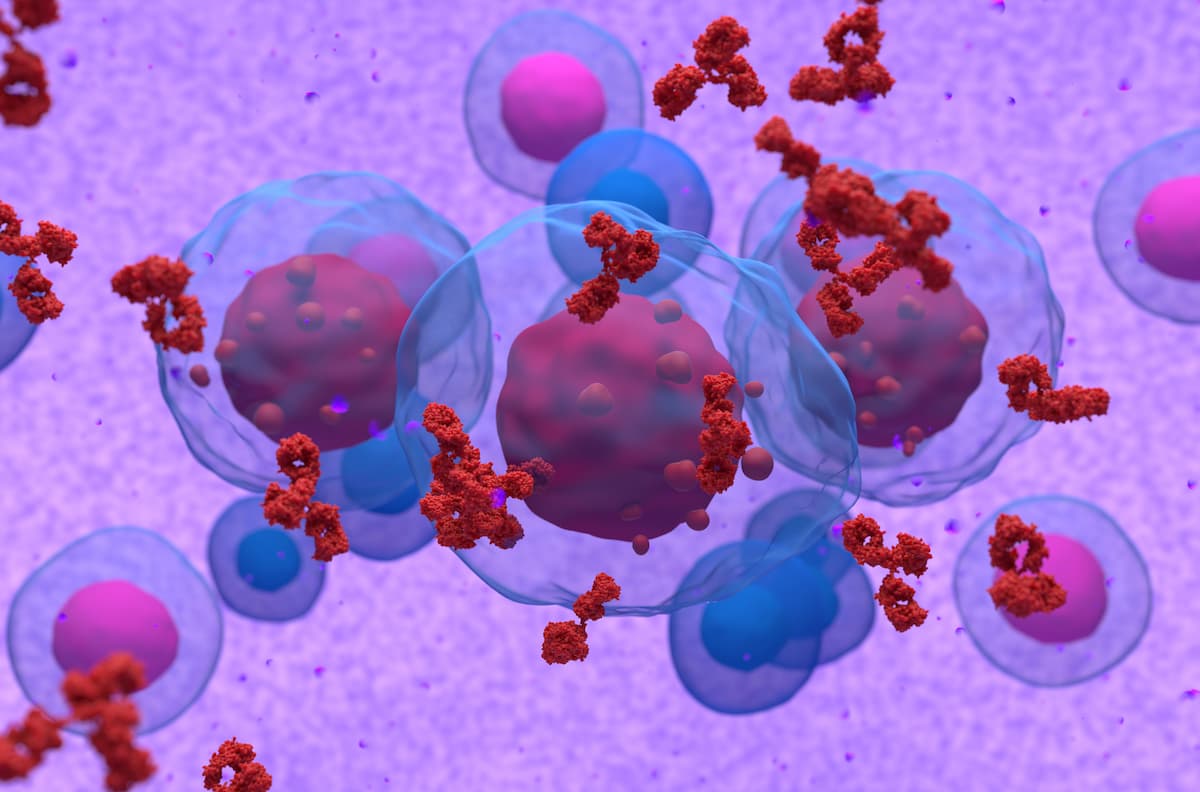Black Population Appears Less Likely to Meet Multiple Myeloma Trial Eligibility
Black patients appear less likely than their White or Asian counterparts to meet hematologic lab criteria and treatment-related criteria necessary to enroll in clinical multiple myeloma trials.
Black patients were more frequently ineligible for clinical multiple myeloma trials than White or Asian patients, with certain eligibility criteria potentially contributing to these disparities, according to findings from a recent retrospective analysis published in Blood.
“Rates of anemia have also been reported to be higher in African American patients [with multiple myeloma] compared to White [patients]. Broad exclusion of patients primarily based on absolute values of hematology lab tests may contribute to underrepresentation of Black [patients] in multiple myeloma clinical trials,” according to the study authors.

Across 16 trials including a population of 9325 patients, the rate of ineligibility among Black patients was 24% and 23% among other races compared with 17% for White patients and 12% among Asian patients. Black patients and those classified as other or unknown races were also more likely to be excluded from enrollment than White patients, although the differences in exclusion rates were under 5%.
The most common reason for ineligibility across all patients was a failure to meet disease-related criteria (25%); this included 28% of White patients, 29% of Asian patients, 21% of Hispanic patients, and 27% of non-Hispanic patients. Conversely, the most common reasons for ineligibility among Black patients vs White patients were failure to meet hematologic lab criteria (19% vs 12%) and failure to meet treatment-related criteria (17% vs 10%).
“In the United States, African Americans have two times the higher incidence of myeloma than Caucasians or White [individuals],” according to Bindu Kanapuru, MD, in an interview with CancerNetwork®.
“Despite this higher incidence of the disease in African Americans and African American sharing a disproportionate burden of the disease of multiple myeloma, our previous research has indicated that African American [patients] comprise less than 5% of those enrolled in multiple myeloma clinical trials. Additionally, clinical trials in multiple myeloma as well as others have a low enrollment of Hispanics and other racial and ethnic groups. The impetus for this research was to try and understand if there were specific eligibility criteria that were contributing to these disparities in the clinical trials.”
Kanapuru is a hematologist at the Food and Drug Administration.
Investigators pulled findings from an analysis of 16 clinical trials submitted to the FDA between 2006 and 2019, consisting of 4 single-arm trials and 12 randomized trials. Patients who did not pass screening were classified as ineligible and excluded, whereas those who were ineligible and enrolled regardless were classified as protocol violations.
Of the 9325 assessed patients, 12% were screened in the United States, and 88% were screened elsewhere in the world. White patients comprised 83% of the population, Asian patients comprised 7%, Black patients comprised 4%, patients of unknown race comprised 4%, and a further 2% were classified as another race, a category which included American Indian or Alaska Native patients and Native Hawaiian or other Pacific Islander patients. Most of this population was either not Hispanic (71%) or of unknown ethnicity other than Hispanic (25%), with a small population of Hispanic patients (4%).
“The higher rates of ineligibility due to hematologic lab criteria and failure to meet treatment-related criteria for Black [patients] is not surprising,” the study authors, wrote. “Evidence from the literature suggests that racial differences exist in levels of neutrophil counts (benign neutropenia) and the threshold for normal neutrophil counts may be lower in Black [patients] compared [with] White [patients].
“Rates of anemia have also been reported to be higher in African American patients [with multiple myeloma] compared to White [patients]. Broad exclusion of patients primarily based on absolute values of hematology lab tests may contribute to underrepresentation of Black [patients] in multiple myeloma clinical trials.”
Investigators noted that limitations to these data include a lack of granularity regarding failures to meet hematologic eligibility criteria, the small proportion of Hispanic patients, and insufficient capture of multiracial and multiethnic patient categories.
Kanapuru emphasized the importance of having diverse clinical trial populations in myeloma research, citing that factors such as age, race and ethnicity, and gender can have an impact on how patients respond to treatment. Importantly, she emphasized that a diverse clinical trial population is needed to accurately assess treatment efficacy and safety, and that a lack of diversity can limit evidence.
Although more research in this area is needed, Kanapuru said that investigators, institutions, and stakeholders should be looking carefully at clinical trial protocols to ensure they are optimized for diverse trial participation.
“We are hoping to raise awareness of this issue and to underscore the need for careful consideration of the clinical trial eligibility criteria,” Kanapuru concluded. “Particularly in our study, there was one reason that we highlighted, and that is that we have to consider the normal variations of laboratory values that may occur due to race or ethnicity. That needs to be considered when I'm defining eligibility criteria for patient enrollment.”
Reference
Kanapuru B, Fernandes L, Baines AC, et al. Eligibility criteria and enrollment of a diverse racial and ethnic population in multiple myeloma clinical trials. Blood. Published online May 4, 2023. doi:10.1182/blood.2022018657
Navigating AE Management for Cellular Therapy Across Hematologic Cancers
A panel of clinical pharmacists discussed strategies for mitigating toxicities across different multiple myeloma, lymphoma, and leukemia populations.